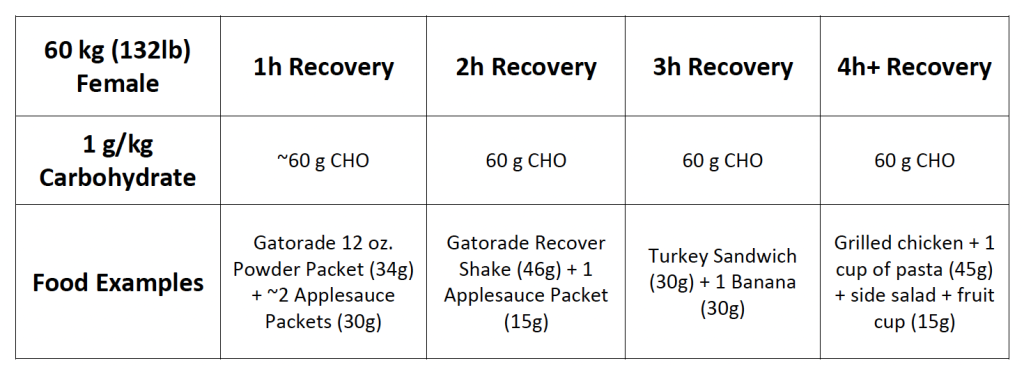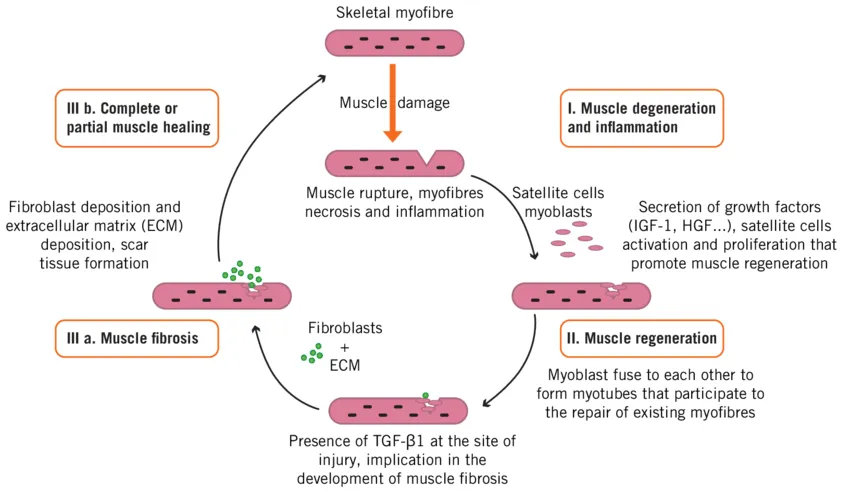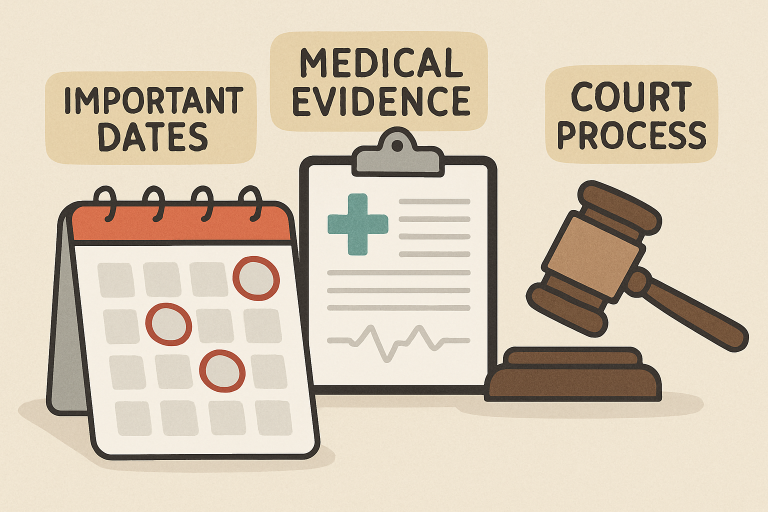According to research by Xoilac TV https://www.moroccancam.com/ After a hard-fought football match, recovery becomes just as important as training. Muscles undergo significant stress, causing tiny tears that require time and proper care to heal. Learning how to recover muscles after playing football allows athletes to speed up the repair process and perform better in future games. From stretching routines to nutrition and rest, a complete recovery strategy is key to sustaining peak performance.
Understanding Muscle Fatigue – How to Recover Muscles After Playing Football
When footballers exert maximum effort, their muscles accumulate lactic acid, leading to soreness and tightness. Effective recovery begins with understanding these physiological effects.
The Physiology of Muscle Recovery
How to recover muscles after playing football? During matches, the body experiences micro-tears in muscle fibers due to high-intensity movements like sprints, tackles, and jumps. Recovery helps rebuild these fibers, making them stronger and more resilient. Without proper recovery, the risk of overuse injuries and fatigue increases, affecting performance in future games.
Identifying Symptoms of Muscle Tiredness
Common signs of post-match fatigue manifest both physically and functionally, often appearing as muscle stiffness, localized swelling, and tenderness in areas subjected to intense exertion. Beyond these physical cues, players may notice a decrease in speed, strength, or reaction time during subsequent training sessions, reflecting the body’s temporary depletion of energy and neuromuscular efficiency.
Early recognition of these symptoms is crucial, as it allows athletes and coaches to modify training intensity, prioritize recovery strategies, and implement interventions such as stretching, massage, or light aerobic activity. By addressing post-match fatigue proactively, players can accelerate healing, prevent injuries, and ensure peak performance is restored before engaging in demanding drills or competitive fixtures.
Immediate Actions After a Match
The first 30 minutes after a game are crucial. Cooling down with light jogging and gentle stretches prevents muscle stiffness. Taking a cool shower or ice bath helps reduce inflammation and promotes faster healing. This phase is the foundation of how to recover muscles after playing football effectively.
See more: https://www.moroccancam.com/lich-thi-dau/
How Diet and Fluids Aid Muscle Repair
Post-match nutrition and hydration play an essential role in repairing muscle tissue and replenishing lost energy.
Restoring Glycogen with Carbs
Football drains glycogen stores in muscles. Eating carbohydrate-rich foods like rice, pasta, or fruits immediately after the game helps restore these reserves. Pairing carbs with a protein source accelerates muscle repair and energy recovery, preparing the body for the next training session.

Carbohydrate Intake for Post-Workout Recovery
Protein’s Role in Muscle Recovery
Protein is essential for football players because it supplies amino acids needed to repair and rebuild muscle fibers that are stressed or damaged during matches and training sessions. Ideal post-match sources include lean meats, eggs, fish, or protein shakes, which are easily digestible and rich in quality protein. Consuming approximately 20–30 grams of protein within an hour after playing helps accelerate muscle recovery, reduce soreness, and restore strength, allowing athletes to maintain optimal performance in subsequent training or games.
Staying Hydrated and Maintaining Electrolytes
Sweating during football causes a loss of electrolytes like sodium and potassium. Rehydrating with water and electrolyte drinks is vital for restoring balance and preventing cramps. Proper hydration also improves nutrient delivery to muscles, enhancing overall recovery efficiency.
Proven Techniques and Habits for Faster Recovery
Developing a consistent post-match recovery routine helps maintain muscle health and long-term performance.
Stretching and Foam Rolling
Dynamic stretching after the match enhances flexibility and prevents tightness. Foam rolling is another excellent method that releases tension in deep muscle tissues, improves blood flow, and speeds up recovery. Doing this for 10–15 minutes can significantly reduce soreness.

Stretching and Myofascial Release Techniques
Quality Sleep and Rest Days
How to recover muscles after playing football? Muscle recovery primarily occurs during sleep when the body releases growth hormones that repair tissues. Getting 7–9 hours of sleep each night is essential. Additionally, scheduling rest days between intense sessions allows muscles to recover naturally, reducing injury risk.
Massage, Sauna, and Active Recovery
Sports massages and sauna sessions can stimulate circulation and eliminate toxins from muscles. Light activities like swimming or cycling a day after the match also promote blood flow without stressing the body. Incorporating these techniques ensures consistent muscle regeneration and long-term fitness.
In summary, knowing how to recover muscles after playing football is essential for sustaining performance and preventing injuries. Effective recovery combines nutrition, hydration, stretching, and proper rest. Players who invest time in recovery not only heal faster but also perform at higher levels consistently. By adopting these post-match habits, every footballer can protect their body, build endurance, and maintain the strength needed to compete effectively across every season.




Leave a Reply